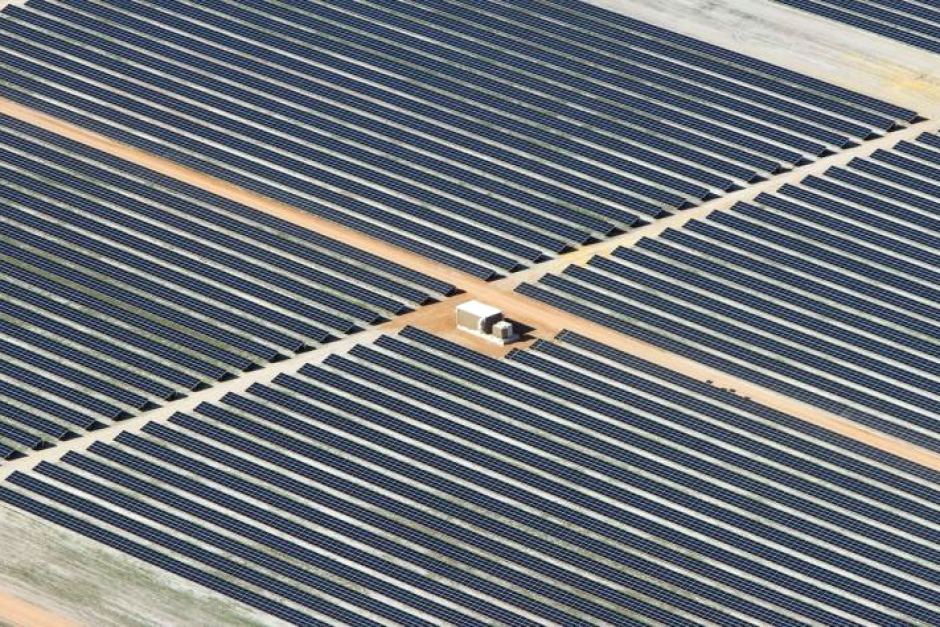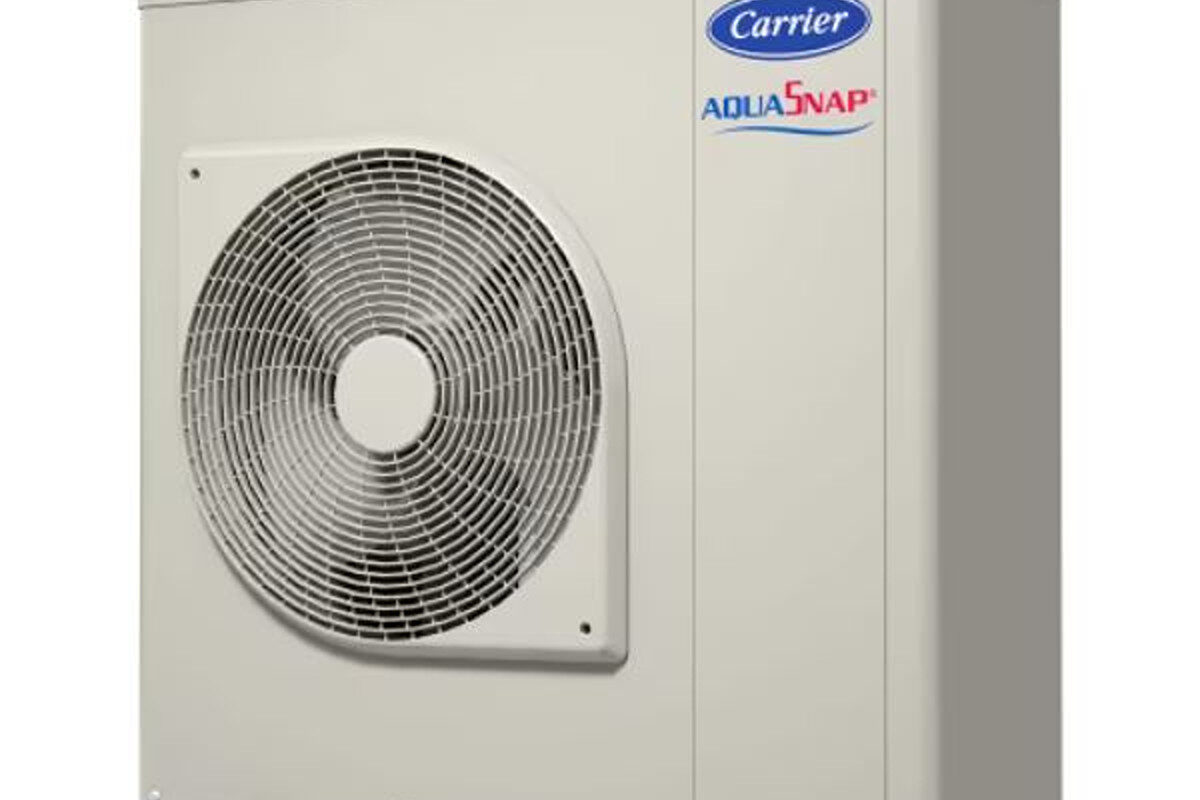pv magazine: We’ve seen 100 MW months emerge as the ‘new normal’ for small scale rooftop installations in 2018. Given the strength of the sector, do you think there is a risk that the STC program, which supports these installations, may be wound back or even scrapped by the government?
Ivor Frischknecht: Well, it has clearly been very effective over the past few years. But, many of the systems going in now are larger installations. So, if you look at the megawatts, many [rooftop systems being installed in 2018] are actually outside of the scheme. So, it’s commercial rooftops that are bigger than the 100 kW cut off, which just underscores the fact that rooftop solar is commercially viable. So, even without any kind of support, I think it will keep going ahead.
Supporters of the Small-scale Renewable Energy Scheme, that underpins the STCs, would say it plays an important role in ensuring quality because of the certification required for the components and also the installers. Do you agree with that?
Well, it’s absolutely important that consumers have confidence in the products that they are getting. But, there are industry efforts to improve the quality and increase the assurance anyway. For example, the quality of inverters has gone up a lot even though, it is my understanding, there is no real requirement for them to do so – it’s simply consumer demand for good quality products and the industry responding with standardised products that are of a higher quality.
The STCs do, of course, contribute to the Renewable Energy Target (RET), so in that respect, as long as we still have a RET, it makes sense for it to be around. But, you could argue that commercially it is no longer required.
Moving to your time at ARENA, or leading ARENA, how different is the renewable energy marketplace in Australia, in particular for solar and battery storage, than when you first started in the role?
Oh, it’s dramatically different. When I first started it was all about cost of generation, so trying to get the cost of generation down so that it could compete in the market. That is the case for solar against wind and in the case of all renewables against non-renewables. As we know, both of those have now happened and actually happened faster that we thought – large scale solar is clearly competitive with wind now.
In the new projects that we hear about, roughly half of them are large scale solar and the other half wind. In the development pipeline it’s probably more solar than wind, which at some point, if that continues, means there is going to be an issue around balancing the two resources because obviously they have different output profiles.
Against non-renewables, both solar and wind [costs] have come down really dramatically – again, faster than we thought. So that has been phenomenal. Now it’s in a place – an issue which we really didn’t think we would have to be addressing so soon – where we’re thinking ‘how do you make the system reliable?' So, clearly, this is always an obvious thing to think about, but you didn’t need to think about it if renewables were so expensive that they were never going to reach a reasonable level of penetration. Now suddenly, ARENA’s focus is all about making the system reliable, making sure you have electrons, making sure you have energy available as a user when you need it or when you want it – which requires all sorts of flexible capacity control systems and so on.
The other big shift we probably didn’t anticipate fully back then was just how quickly systems are becoming more distributed, that's a very big focus. It’s driven by rooftop generation of course, but there are many other bits and pieces that come into it. The security and the reliability that can be offered by batteries and even inverters; the value to the system of all the different loads that are behind the meter – whether that be a pool pump or a big industrial motor that can provide inertia; or whether it’s a commercial building air conditioning system or an industrial process that can be shifted to a different time period or turned off, or even turned on at a time where there is high renewable output.
We’ve seen quite a lot of co-locations of wind and solar assets, what do you make of this trend and its impact?
Yes, well it’s very sensible. A couple of years ago, maybe three I think now, ARENA put out a report that mapped both resources, and came out with sort of red hotspots of high capacity factors if you combine the two. And of course, you get the highest capacity factor where you have a strong wind resource, a strong solar resource, and then importantly they are negatively correlated – so in other words, it's windy when it’s not sunny, and it's sunny when it’s not windy.
When you find those places it’s just a beautiful thing, because you end up with high capacity factors. For example, one of our projects in northern Queensland, [$160 million, 60 MW] Kennedy, is one of those co-locations. It will also have a battery with it, and the three assets put together are resulting – with a relatively modest battery – in an 80%-plus capacity factor. That’s starting to have substantially more value than wind and solar by itself, and actually a lot more value because you can effectively sell it into the market most of the time.
You mention storage; we’ve seen the Hornsdale Power Reserve from Neoen, – particularly over the summer when there were some events with large fossil generators on the NEM – play quite a high profile role. Even on a global basis the industry has been extremely interested in this array. Why is it, do you think, Hornsdale is of such interest, and is demonstrating these capabilities to the market?
Well there is no question that we are going to need a lot more storage, of various sorts, and flexible capacity more broadly. I think the role that Hornsdale played was bigger than expected in terms of frequency support. The big question which still needs to be answered, is how are the services – whatever they are – that storage provides going to be monetized? So we’ve looked at, and continue to look at a variety of large scale storage projects, and the key uncertainty always is ‘so what does the revenue look like?’ Because we obviously need a certain revenue to make a project bankable, and that’s a big difficulty at the moment. We really need to sort that out, and that is where a lot of our focus is; trying to figure out what does revenue look like for flexible capacity.
What do you think the solution is, what’s looking promising to you?
In the short term what’s happening is that the big ‘gentailors’, or the big registered market participants – like the smelters, for example that trade energy – those that have a trading book are effectively leasing the capacity. So then the project gets a certain revenue stream, notably from the gentailor, and in return the gentailor then has part of a portfolio of assets that it can bid into the market. The risk there is that of course that leads to greater control by the larger entities, but I think in the short term it’s the only viable path forward.
You could also potentially think about regulatory mechanisms that might pay for services that are currently not rewarded. But even then you still have the uncertainty as to how much you’d get from those.
… how much capacity you reserve for it and that balancing act, which the Hornsdale has covered under the contract with the South Australian government. We don’t really know what’s in the contract, have you been able to look at it?
Unfortunately no, neither have we [had chance to see the contract].
Taking a step away from a particular technology, what would you say, with your time at ARENA is your greatest achievement, what you’re most proud of at the agency?
I think we played a huge role in large scale solar becoming commercially viable. When I started, there was 10 MW of utility scale solar in the country, and in fact there was [10 MW] Greenough River [in WA]. Now there is something like 1.8 GW and you probably know this, but we supported a number of large scale projects at quite a high cost, like the AGL projects, [102 MW] Nyngan and the [53 MW] Broken Hill. Then there was a series of one offs; some of them fringe-of-grid, some were medium scale utility solar farms.
The costs were coming down, but they were not coming down really fast. Then we would look overseas and see that the costs were a lot lower, and when we did some analyses of that we realised that the reason solar utility scales were not competitive in Australia was due to local costs. It wasn’t because the modules were expensive or that the inverters were expensive, it was the costs of capital, the costs of construction, the contingency margins that had to be attached to everything because people didn’t know how to do it, didn’t have the experience.
So, we thought running an auction would drive competition as well as get volume into the market. We thought we’d probably have to run two or three of these over a five-year period, and then we would be competitive with wind. It literally took just the one auction, which had two and a half times the volume we had modelled and expected for the same amount of money. Under AU$100 million [US$75 million] that we ended up spending alone made solar competitive, with deployed costs falling somewhere around 40% over the course of those few years. So, I’m very proud of that but there are certainly other things that have been very exciting as well.
Transcribed by Frederic Brown
The views and opinions expressed in this article are the author’s own, and do not necessarily reflect those held by pv magazine.
This content is protected by copyright and may not be reused. If you want to cooperate with us and would like to reuse some of our content, please contact: editors@pv-magazine.com.



It is an exciting article overall. The article is titled as “We helped large-scale solar be commercially viable,” says departing Australian Renewable Energy Agency boss. The article mentions that the thriving big scale and rooftop PV market in 2018 is presenting explanations to be hopeful regarding the future of solar under the Australian sun.